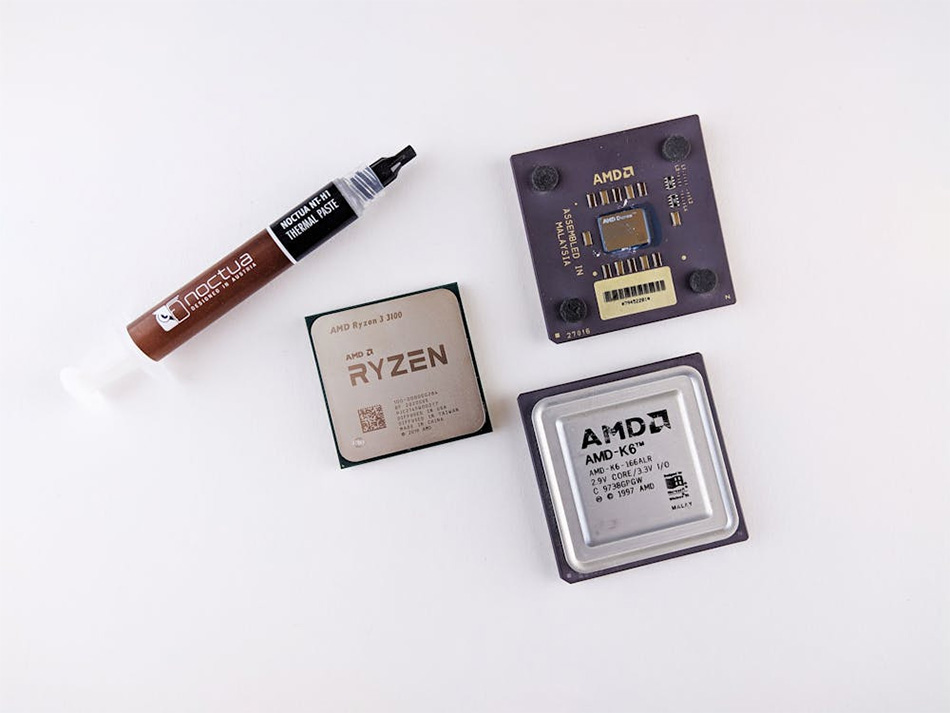AMD’s “Sound Wave” Chip Reportedly Pivots to Arm Architecture to Challenge Snapdragon X Series
Fresh information has emerged about AMD’s rumored “Sound Wave” processor, revealing a significant shift in the company’s strategy. According to reliable industry leaker Moore’s Law is Dead (MLID), AMD appears to be developing an Arm-based APU specifically optimized for machine learning workloads. This marks a substantial departure from earlier rumors that suggested Sound Wave would be a Zen 6 mobile chipset, positioning the processor as a direct competitor to Qualcomm’s Snapdragon X series instead. If accurate, this could represent AMD’s first major foray into Arm-based processors for consumer devices.
Enhanced RDNA 3.5+ Architecture for AI Computing
The updated specifications, cited from “Late March 2025,” indicate that Sound Wave will feature what MLID unofficially calls “RDNA 3.5+” compute units. These four CUs are reportedly “enhanced” specifically for machine learning performance, distinguishing them from the standard RDNA 3.5 CUs currently available in AMD’s product lineup. Built on TSMC’s 3nm manufacturing process, the chip is designed for low-power devices with a TDP target of just 5-10W. The processor allegedly features a six-core configuration with two performance cores and four efficiency cores, supported by 4MB of L3 cache and what AMD is calling its “4th Generation AI Engine.”
Surprising Cache Implementation for Low-Power Design
Perhaps the most unexpected element of the leak is the inclusion of 16MB of Memory Access at Last Level (MALL) cache, which AMD markets as Infinity Cache. This implementation is particularly unusual for such a low-power APU, as MLID points out that even AMD’s “Strix Point” lacks this feature. According to the leaker’s sources, this substantial cache allocation makes sense because the AI engine, CPU, and GPU components will all operate on the same controller. The shared 16MB Infinity Cache could provide essential bandwidth benefits across these integrated systems, even on a modest chip with such conservative power requirements.
Memory and AI Focus Over Gaming Performance
Sound Wave’s claimed specs highlight its artificial intelligence computational power over gaming performance. Supporting its machine learning emphasis, the processor will said to be supported by 16GB of LPDDR5X-9600 RAM for “Standard” systems. Although MLID is unsure if AMD’s FSR 4 upscaling technology will be supported by the new RDNA 3.5+ CUs, the leaker implies that for this silicon gaming seems to be a secondary priority. This fits the more general industry trend of giving current processors artificial intelligence acceleration top priority, particularly in the mobile and ultraportable sectors where battery economy is vital.
Market Positioning and Timeline
Sound Wave seems to be AMD’s strategic answer to the increasing market for AI-capable, power-efficient processors given a stated release date of 2026. This puts AMD in direct competition with Qualcomm’s Snapdragon X series and maybe other Arm-based products. The change in AMD’s strategy to the ultra-mobile market segment from the before speculated Zen 6 architecture to an Arm-based design is notable and may create new opportunities for the business in AI-focused laptops and gadgets.
Balancing AI Performance with Power Efficiency
Though still in its development stage, AMD’s Sound Wave seems meant to provide AI computational capability without the usually linked high energy use. A convincing mix of performance and efficiency might be produced by the combination of Arm architecture, improved RDNA 3.5+ compute units, and large Infinity Cache implementation. Though we probably won’t get official confirmation from AMD until closer to the stated 2026 release, its strategic change with Sound Wave may turn out to be wise as AI tasks grow more significant in daily computing.


